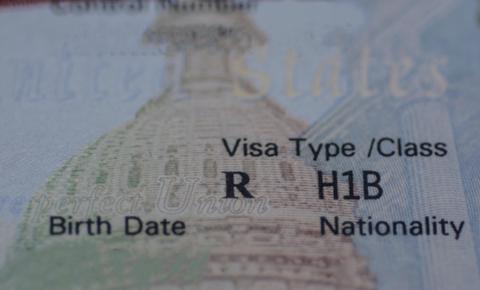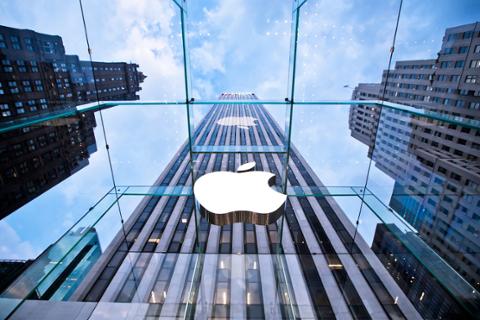Although the Trump administration enacted numerous policies designed to limit the use of the H-1B, new data suggests those actions did little to curb companies’ appetite for the visa.
The New York Times recently crunched years of H-1B application data from USCIS (U.S. Citizenship and Immigration Services) and found that, although the visa’s annual cap has remained unchanged since 2004, the number of applicants has steadily risen since 2014. After declining somewhat between 2017 and 2019, the height of the Trump years, applications spiked to their highest levels in 2020 and 2021:
In 2021, companies submitted 308,000 H-1B applications. That flood, combined with USCIS’s more stringent review policies, means a hefty percentage of applications will end up rejected. Companies everywhere are very aware of those numbers, and yet feel optimistic enough to apply anyway.
For business-services and consulting firms, applying for an immense number of H-1B visas is also the core of their business model, as these companies subcontract thousands of workers to clients across the country. For years, controversy has raged over how much these consulting firms pay these H-1B subcontractors, versus what the latter earn when sourced directly. According to the H-1B Salary Database, for example, Tata pays a median H-1B salary of $67,766, while Accenture pays $94,400. Compare that to Google, where H-1B workers make an average of $144,285, or Facebook, where the average comes to $159,597.
Between 2016 and 2020, the Trump administration unleashed H-1B policies at a relatively rapid cadence. Many of these policies seemed aimed at reforming the visa; for example, USCIS instituted a more stringent review policy that increased the rate of application denials, while the administration proposed reforming the H-1B lottery system to favor applicants with advanced degrees and higher salaries. Other policies seemed more punitive, including the (failed) attempt to end the H-4 EAD (which allows spouses of H-1B workers to find employment in the U.S.), as well as the temporary ban on all work visas for 2020, which angered many tech CEOs.
With the end of Trump’s term, the Biden administration seems to have little appetite to continue many of these policies, although Biden’s immigration reforms include a proposal to prioritize H-1B visas based on higher wages. If the USCIS under Biden reverses its stringent review policies and reform proposals, particularly the ones that focus on business-services and consulting firms, the rate of H-1B applications could potentially accelerate in the years ahead.



